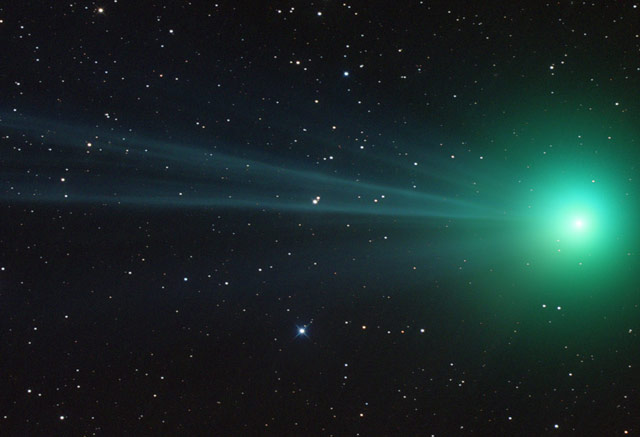Hi everybody
Here's the latest article from the Astronomy site at BellaOnline.com.
Eris – Dwarf Planet
In a tilted orbit in the scattered disk, it shook up the traditional Solar System. Was it bigger than Pluto, and therefore a planet? No, both of them ended up as dwarf planets. Eris – named for the Greek goddess of discord – was an apt name for an object whose discovery started so many arguments.
http://www.bellaonline.com/articles/art301573.asp
*Maria Mitchell's birthday*
Maria Mitchell was born on Nantucket Island, Massachusetts on August 1, 1818. She was the second woman - Caroline Herschel being the first - to discover a comet. She was the first female professor in higher education in the USA and dedicated to education for women. You can read about her life here: http://www.bellaonline.com/articles/art181435.asp
And there's more:
In her own words, America's first woman professor of astronomy tells of her meetings with the great and good of the nineteenth century. Maria Mitchell's (1818-1889) sister Phebe collected excerpts from journals and letters to present a pot pourri of Maria's life, ideas and work.
http://www.bellaonline.com/articles/art183805.asp
*Kepler – more small planets in the habitable zone*
A few days ago NASA announced that Kepler has found a dozen new smallish planets in habitable zones to add to its existing list. I should add here that we don't know much about these planets, but know enough to say they aren't really likely to be earthlike. But they're calling Kepler-452b Earth's cousin. It's the first known near-Earth-size planet orbiting in the habitable zone of a sun-like star. The new planet is about 60% larger than Earth. Both planets orbit a G2-type star, but the Kepler star is 6 billion years old, 1.5 billion years older than our Sun.
Here is a graphic showing “Small planets in the habitable zone”: http://www.nasa.gov/sites/default/files/styles/full_width_feature/public/thumbnails/image/fig11-12_new_hz_candidates.jpg?itok=DUXmMgCU .
*Dawn*
In the excitement of all that we're finding out about Pluto from the New Horizons fly-by, Dawn's study of Ceres has faded into the background. However this visit to a dwarf planet is also finding some puzzles that is keeping planetary scientists busy.
The mysterious white spots on Ceres remain a mystery. And one of them has become even more mysterious. Last year ESA's Herschel Space Observatory data showed water vapor spraying off Ceres, suggesting that it was geologically active – perhaps like Saturn's moon Enceladus. Now Dawn has shown a haze over crater Occator. This crater has a large bright area in the center and some smaller spots nearby. The scientists are wondering what's going on.
Please visit http://astronomy.bellaonline.com/Site.asp for even more great content about Astronomy.
I hope to hear from you sometime soon, either in the forum http://forums.bellaonline.com/ubbthreads.php/forums/323/1/Astronomy or in response to this email message. I welcome your feedback!
Do pass this message along to family and friends who might also be interested. Remember it's free and without obligation.
I wish you clear skies.
Mona Evans, Astronomy Editor
http://astronomy.bellaonline.com
One of hundreds of sites at BellaOnline.com
.
astronomy Newsletter








